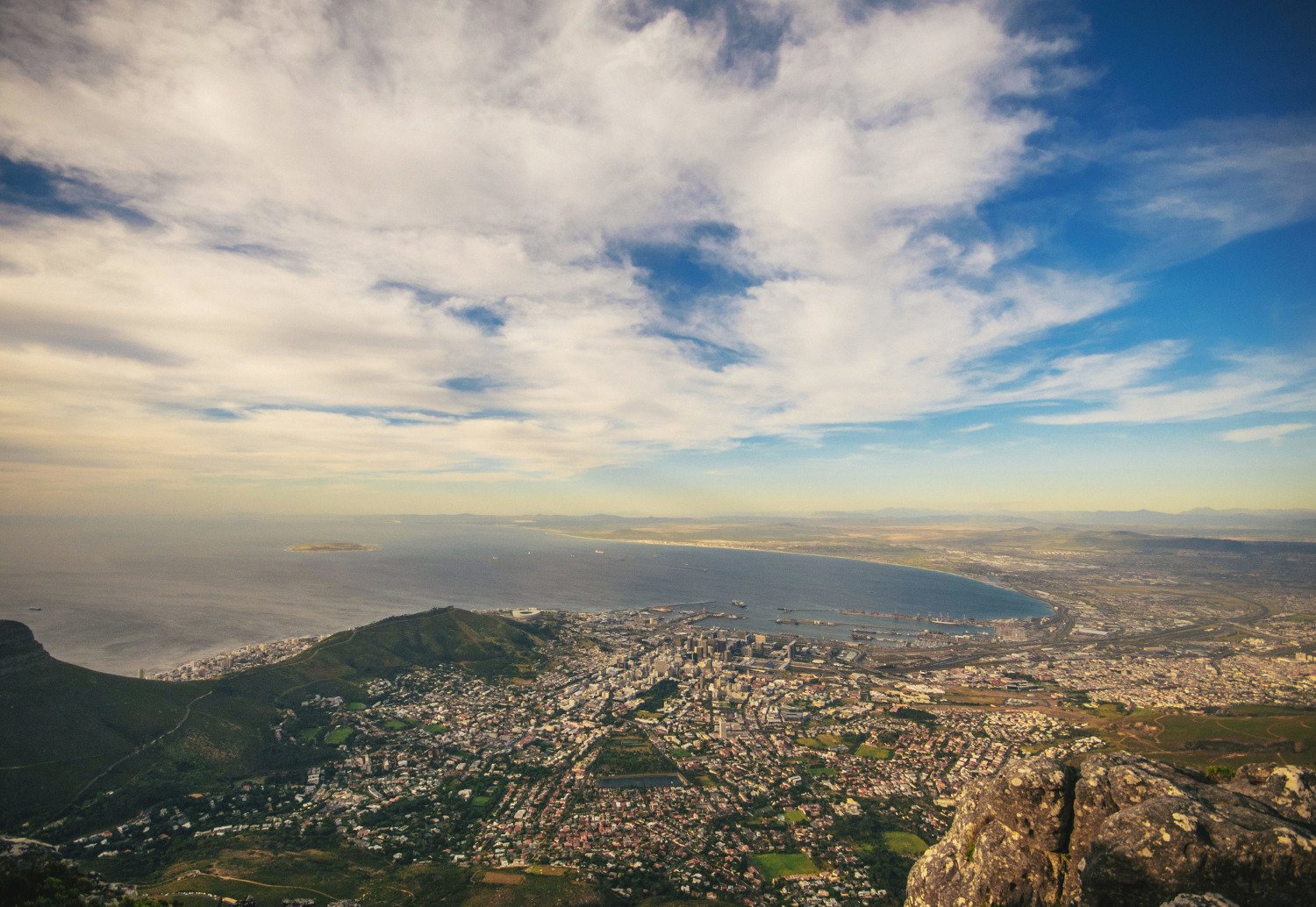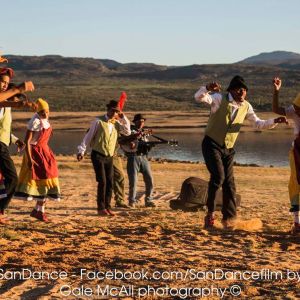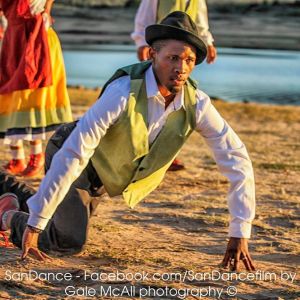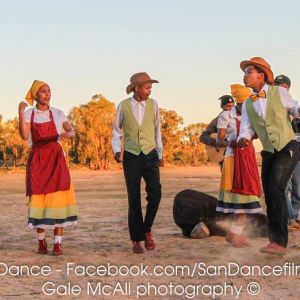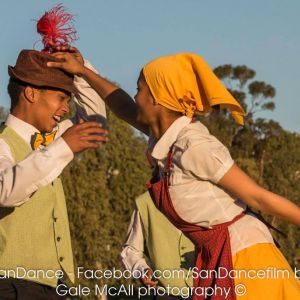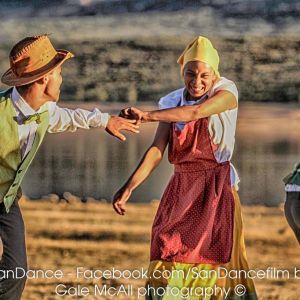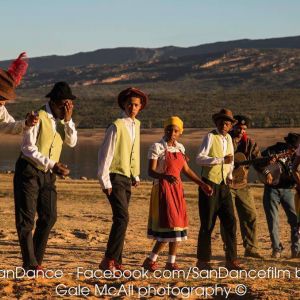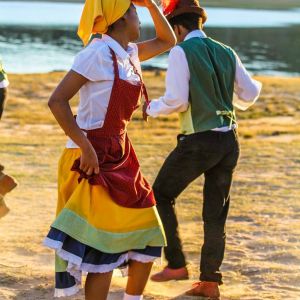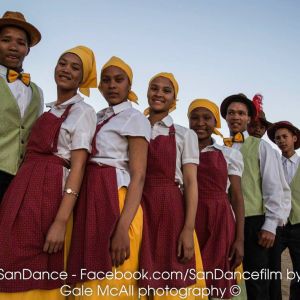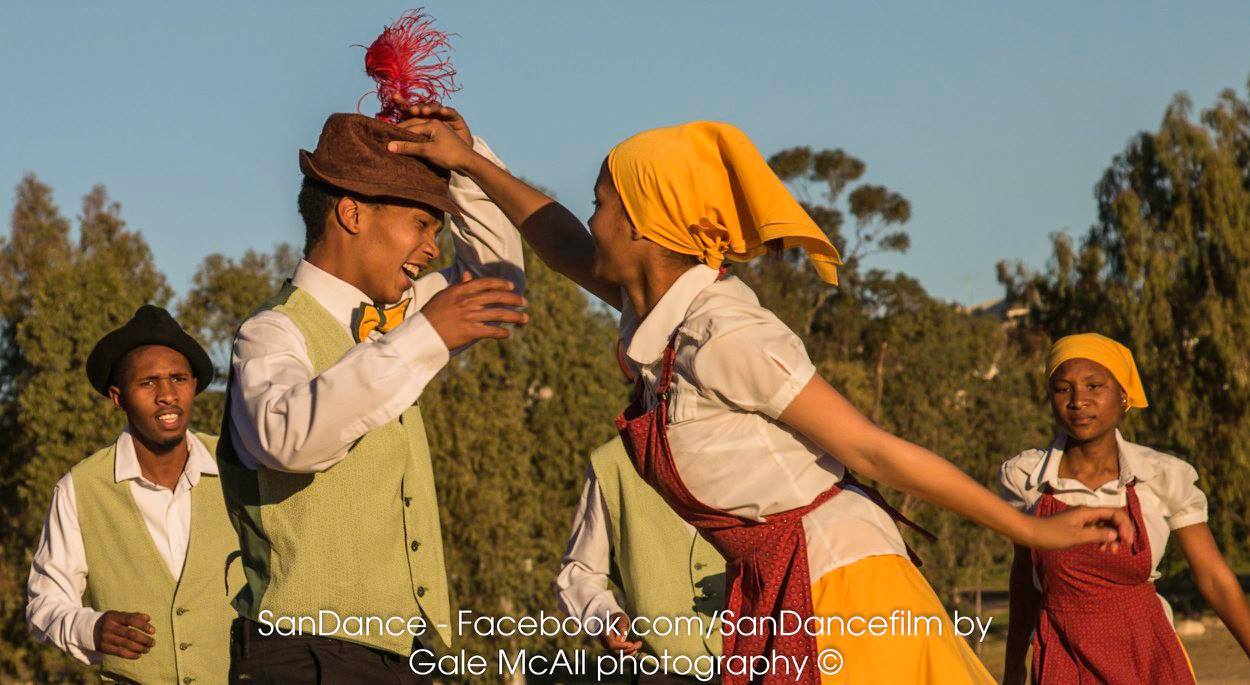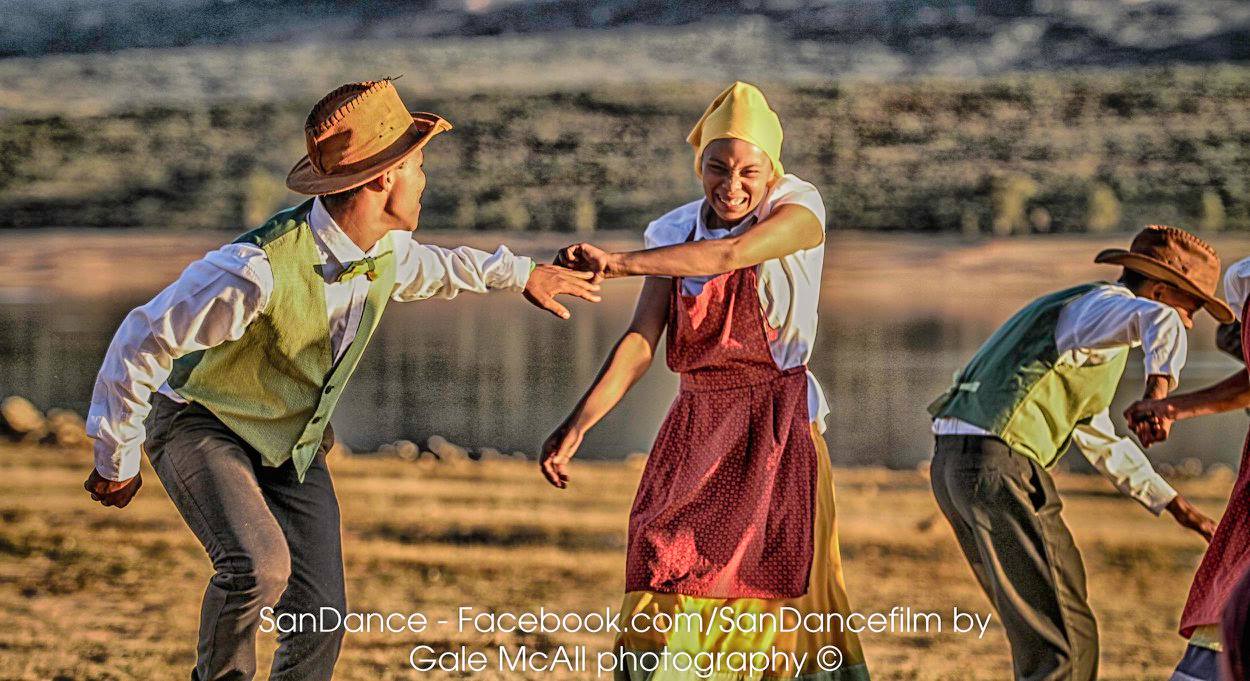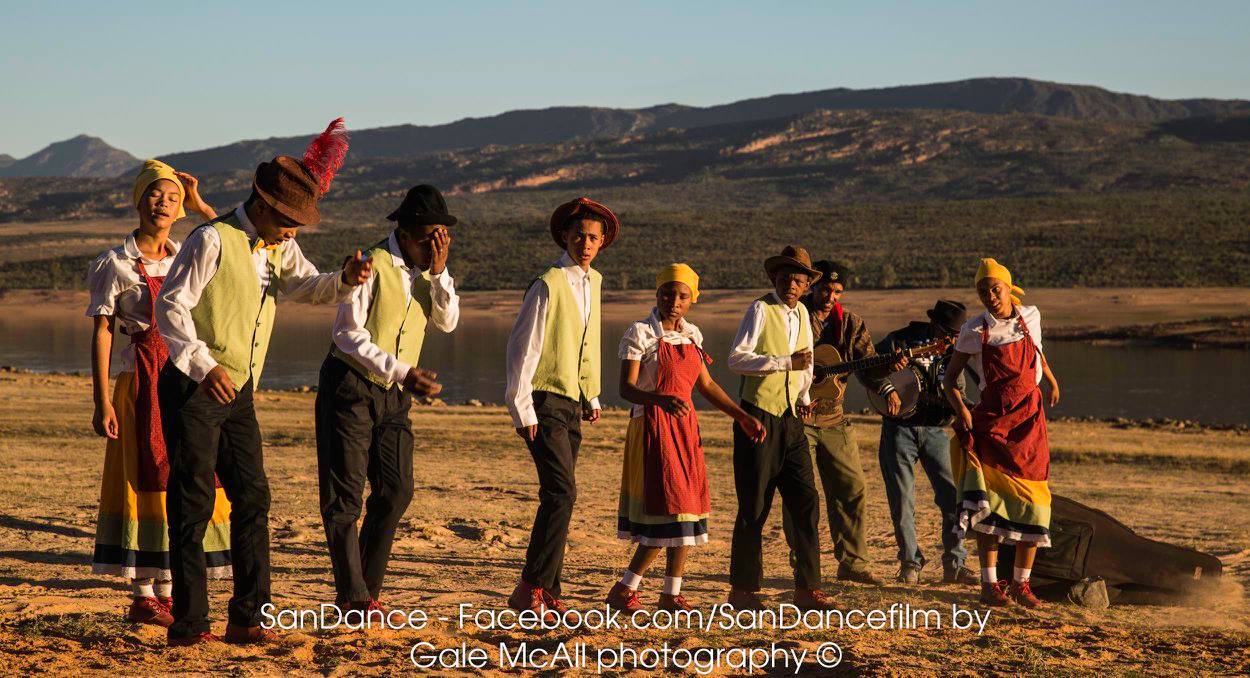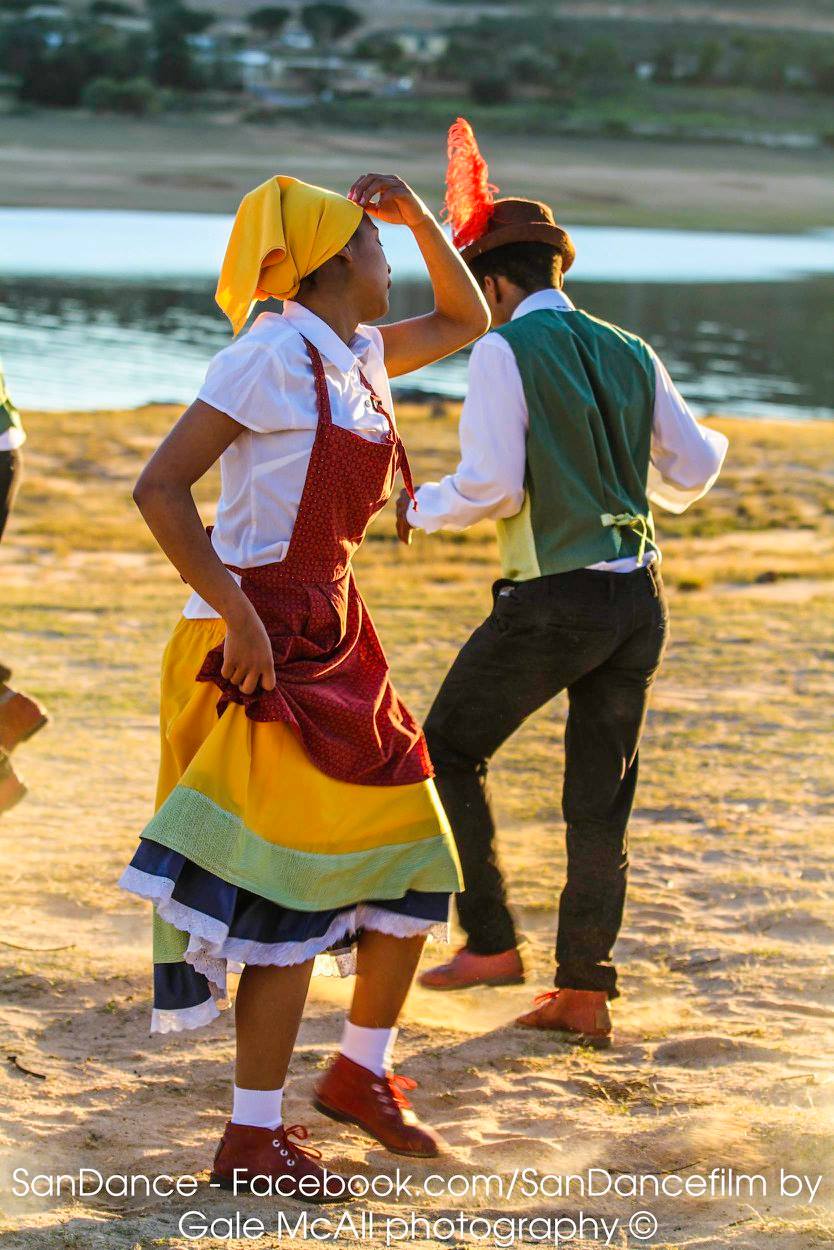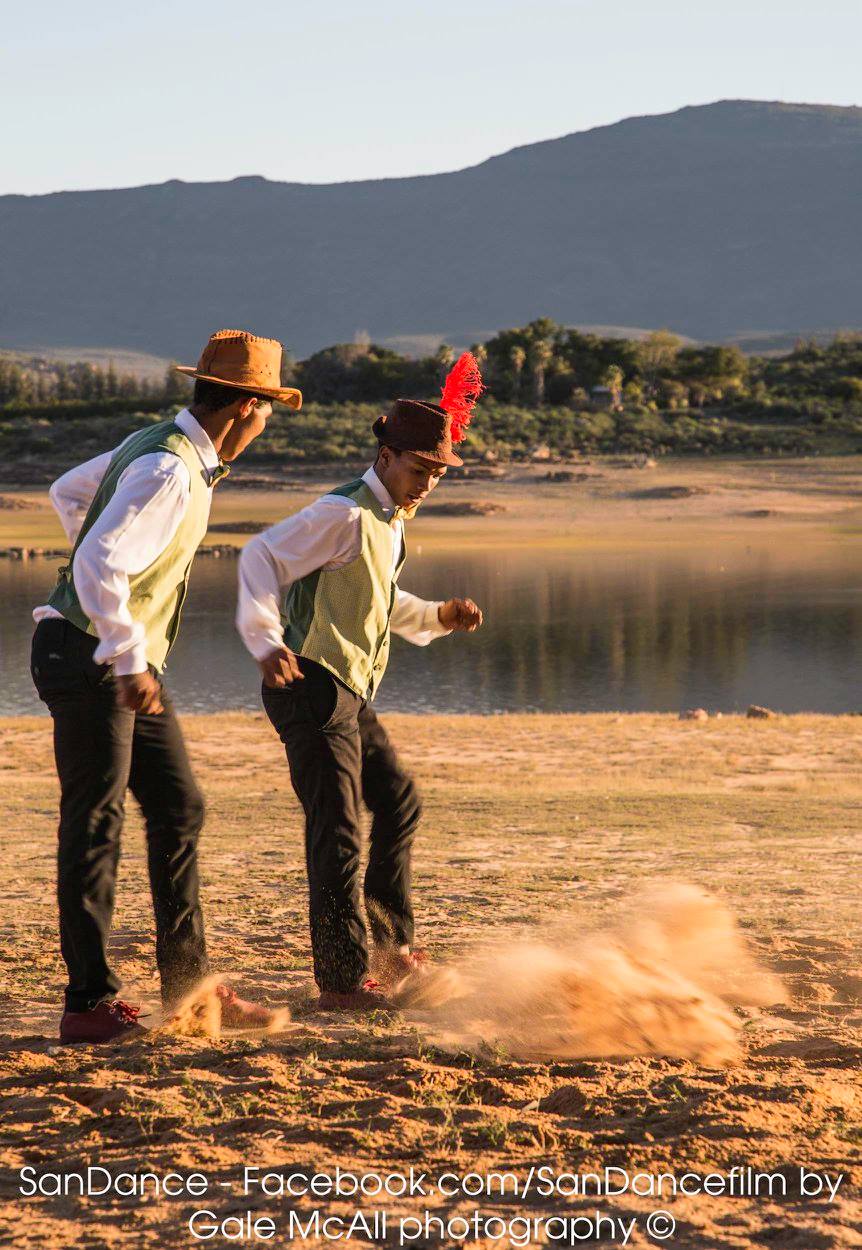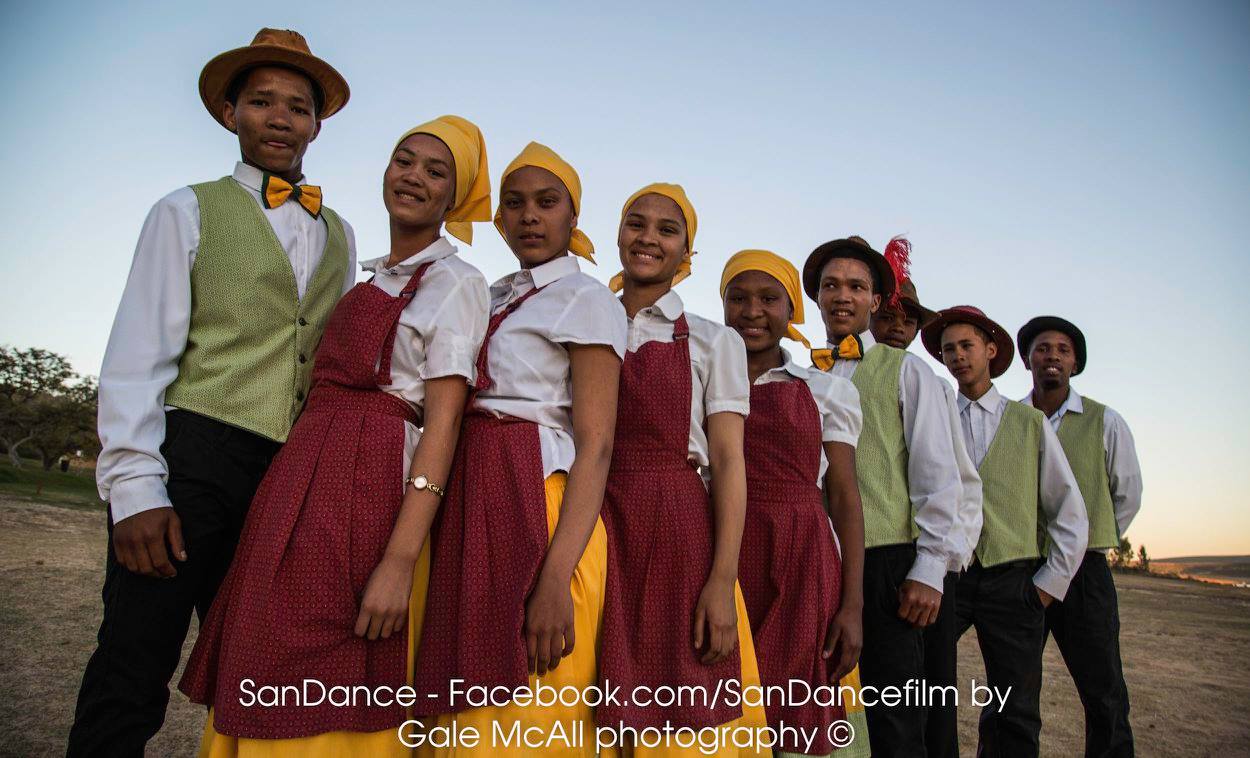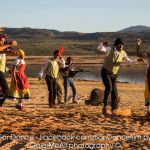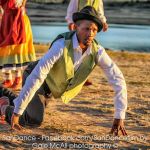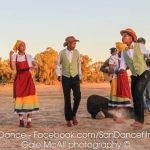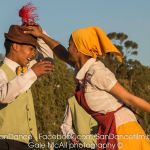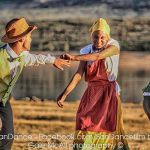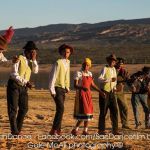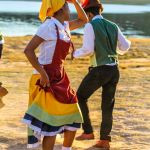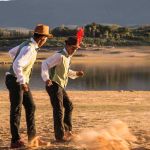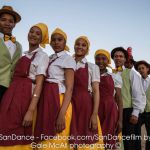History of the Cape
"Cape Town has been known by many names. In 1488 the Portuguese navigator Bartolomew Diaz called it ' the Cape of Storms' because of the stormy seas surrounding it. The Dutch called it 'The Cape of Good Hope' because it raised the hope that a sea route would be found to the East. And majestically guarding the City was "Hoerikwaggo" (The Mountain Rising from the Sea) as named by the Khoi-San people who first inhabited the Cape.
In 1652 Jan van Riebeck established Cape Town as a refreshement station for passing vessels of the Dutch East India Company, trading in silk and spices with the East. Inter-racial mixing between the Khoi-San and the Dutch settlers were the beginnings of the ethnic group that is today called Cape Coloured.
During Dutch rule until 1797 slaves were brought into the Cape predominantly from Indonesia and Malaysia adding further diversity to the ethnic group of the Cape. A unique form of Dutch/Melayu language developed into what in early 18th century became known as Afrikaans. Today Afrikaans is still the most widely known language in the Cape and often referred to as 'Die Kaapse Taal'.
With slaves came also the Islamic faith with many cultural elements still vibrantly noticed in the Cape.The five daily prayer calls from mosques can be heard in many areas. The first book in Afrikaans in Arabic script was printed in Cape Town in 1856.
English was formally introduced as the official language when the Cape fell into the hands of the British in 1806. In 1872 the Cape attained self-governance as did the other six provinces in southern Africa. In 1910 when the British defeated the Afrikaaners in the Boer Wars the Cape lost its self-governance and fell under the newly formed Union of South Africa with Transvaal as the main seat of power.
In 1948 the extreme right wing Afrikaaner National Party came to power in Transvaal with little regard towards the other provinces in the Union. When the voting rights of the non-whites were removed in 1951 the Cape people reacted with outrage by staging the biggest protest march ever known in Cape Town. Over 120.000 protesters were led through the streets of Cape Town by "Sailor" Malan of Torch Commando demanding that voting rights be returned. Sadly this march was in vain and apartheid rule lasted another 43 years.
The Cape is the true home of the Rainbow People because of its diverse history and culture. Since 1994 tens of thousands have entered the Cape from other parts of the country and continent bringing with them their own ethnic culture to what they regard as Cape of Good Hope , hoping to find better living for themselves."
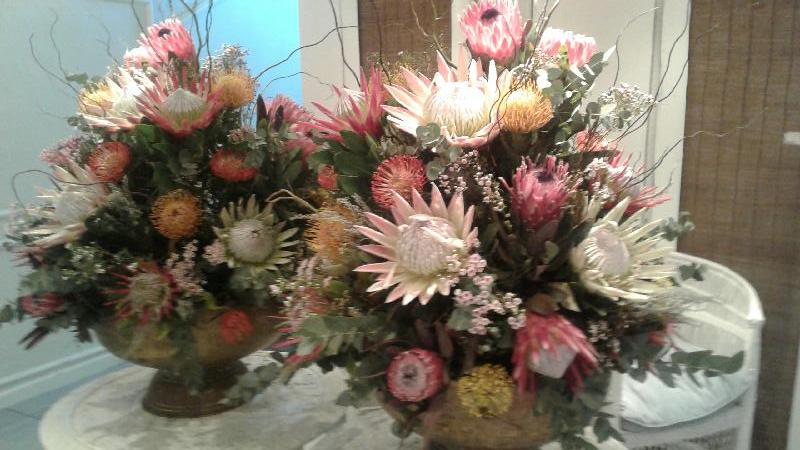
Riel - The Dance of the Cape
Riel dance, or “Riel Dans” as the oldest dance form in South Africa is officially called, has had a new revival. The music is vibrant and is played with any and all types of homemade instruments.
The Riel has its roots in the ceremonial dances around the fire by the Khoi and the San—the first people of southern Africa. The Riel is preferably danced on sand and the more dust flying around the more onlookers cheer. Anyone is welcome to give it a try and any effort is appreciated and applauded.
Die Nuwe Graskoue Trappers from Wupperthal have made South Africa, and especially the people of the Cape, proud by winning gold in the World Championships of Performing Arts (WCOPA) in California in 2015.
Cape Cuisine: A Culmination of Cultures
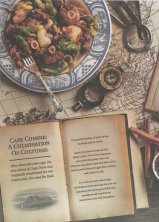 "More than 360 years ago, the tiny colony of Cape Town was originally established for one reason only: the need for food.
"More than 360 years ago, the tiny colony of Cape Town was originally established for one reason only: the need for food.
It shaped the destiny of South Africa, its people and its cuisine.
Slaves from Java introduced their Malay cuisine. The French Huguenots came with their grape vines and labourers came from India with their curry. British and Germans brought their customs and cuisine as well."
Since 1994 one can find eateries offering exotic dishes from all over the African Continent. Especially Cape Town has become a haven for culinary splendor.
